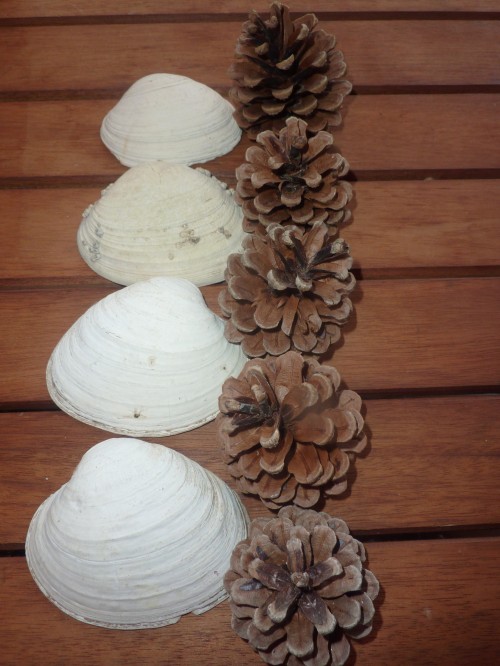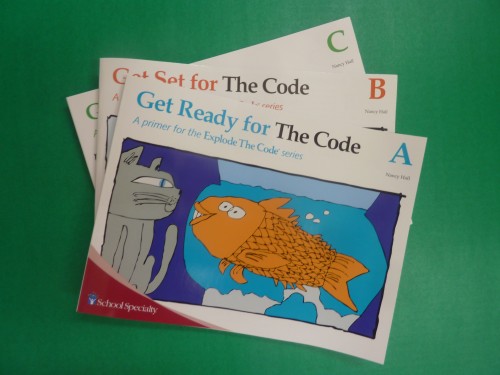Summary: As a homeschooling twice exceptional family, we struggled to find community and a sense of belonging in a meaningful way for us. Fnding friendships for our 2e daughter was really important to us as parents. I, too, was feeling somewhat isolated and wanting to find meaningful mom relationships for myself, too. With my daughter being an only child, a homeschooler and also 2e, finding ways to meet her social needs was a challenge. But through trial and error, we found ways to find friends and build community.
We began homeschooling when our daughter was ready for kindergarten but was too young to go. It worked out well academically for our 2e daughter. But being that she was an only and also gifted and 2e, my husband and I were concerned about finding friendships and community. For her, and for me.
Feeling a sense of belonging was so important to my 2e child, and to myself, too, really. As a parent of a 2e child, I did feel isolated. Many of my mom friends just didn't get it when I shared stories about my daughter and some of our unique parenting concerns. When at the same time, she was excelling in so many ways.
And also, at the same time, she was behind emotionally.
It was complicated.
Can you relate?
Through the years, we did a number of things to try to build community for my daughter and I.
One of the things that we started early on was to encourage our daughter to try some extra curricular community activities. We picked out activities that she might be interested in, and looked for some intellectual peers, too. This helped my intense, bright, sensitive and very active little one to build social skills, and gradually to make friends.
In our area, the homeschool groups were inconsistent, so we looked more for community groups. We did a few preschool groups when she was young, from the parks department. Our little one was shy around her peers, but loved the routine of going to class and participating there.
When she was 5, we found a music class that turned a good fit for her, for two reasons. It was small and it involved a lot of movement activities, too. Music class was our daughter's first community group experience and she loved going there.
She was a shy child and mostly enjoyed the kids just by being together, doing the activities. It was as a great place for her to check out the other kids and just be a part of the group. And since it involved movement activities, my active kid felt at home.
So we continued offering her different community groups. She wanted ballet, so we tried that, then a dance class or two, just for her to be around other kids, and see how they interacted in the groups. She learned a lot by being out with her peers and joining in the activities.
Then for my kiddo who was always doing handstands off the couch, we tried a gymnastics class. See the picture to the left? Even at this young toddler age, our daughter was always doing those hand stands!
This turned out to be a godsend for her. First, it was a wonderful physical release, and really helped with any anxiety that she felt during the day.
Gymnastics was a real hit, as my daughter was very active, with ADHD, and the tumbling, etc was a wonderful way for her to release her energy.
But it was much more than that.
It turned out that doing physical activities became a way that she could relate to other kids, and it didn't then matter to her whether they were on the same intellectual level or not. As we continued in that activity for years, tumbling and doing gymnastics moves was her way of playing with others.
Being together in the class was something that she looked forward to each week. And she was developing her social skills there, just by being in class, and figuring out how to interact with the other kids there.
Then friendships started to develop. The fact that they were not at her intellectual level really didn't bother her. She tended to make friends, with those kids who were at her emotional level, more than her intellectual level. One of her friends was two years younger, but they were fast friends. She wanted to do some things outside of class with this friend, too, and she became her first best friend.
Intellectually, she was way ahead of them, but since they were busy doing the physical activities together, it really wasn't a major issue. She got a lot of intellectual stimulation from her homeschool work, talking to us about topics that she was interested in, and by making friends with other adults, too, at church, etc. This helped to meet her needs that her age peers could not meet.
She did other extra curricular things, too, and enjoyed them, but it wasn't until middle school that we felt that she and we had a sense of community. We did our best to try to build our own, until then, but it was hard.
Then in middle school, she got a chance to volunteer as a teacher's assistant at a magnet school, where they invited homeschooled kids to join them once a week, for parent led electives. She had been going there, once a week, and I got to know some of the other parents there.
She became known at the school as the science TA, and having that role really helped her to connect with her peers. I arranged for her to stay for recess also. This worked out well, as she gravitated to other physically active kids, and they would play on the playground equipment and make up games together. Gradually she made more friends there. Her confidence grew, and then, so did her social skills. And she felt a part of this community.
Then, once the high school years rolled around, she was ready to engage in more peer activities, and that is when we found out about Youth and Government. It is offered in 34 states and is sponsored by the YMCA. We found this wonderful program in 9th grade, where the teens learn speech and debate. Then at the end of the year, they actually enact the roles of state legislators, at a state wide Youth Mock Legislature. There were 400 teens at my daughter's first Mock Legislator event. And she loved it!

This program attracted smart and motivated teens, so her intellectually needs were well met there. And her social needs, too. After her positive experiences as a science TA in middle school, she was ready, and made lots of friends and grew to even develop leadership skills.
And the community that we became a part of...was priceless. It helped her to expand her social abilities, friendships, and it became a vital community for her.
So for us, through using community groups and activities, our daughter was able to kind of craft her own community, through the years.
My daughter is now studying in college, and has started a dance/hip hop group there on campus. Not that there are not still social issues that pop up, or frustrations with a friendship or two...
But she is a happy college student now for the most part, with lots of friends on campus.
It all started with her first community activity, a small music class, as a shy little one, who liked to just observe what the other kids were doing, until it was time to run, skip, and hop to the music
What would you add to this discussion? I love reading your comments here, or on Facebook.
This is a part of the GHF Learners May blog hop - Social and Emotional Issues of the Gifted,
where you can read much more from other bloggers on this important topic.
What would you add to this list? I love reading your comments.
Thanks for stopping by BJ's Homeschool,



































